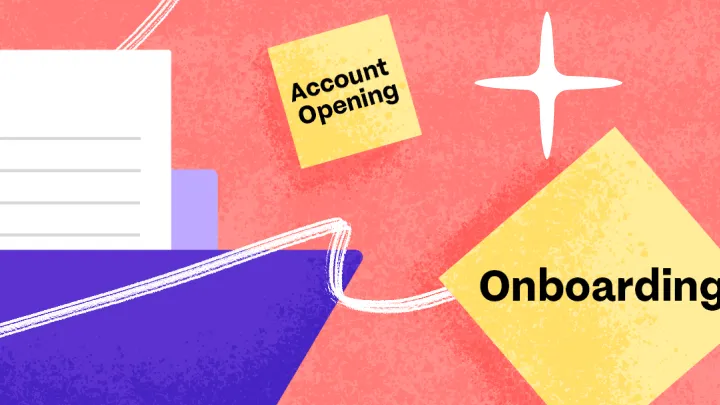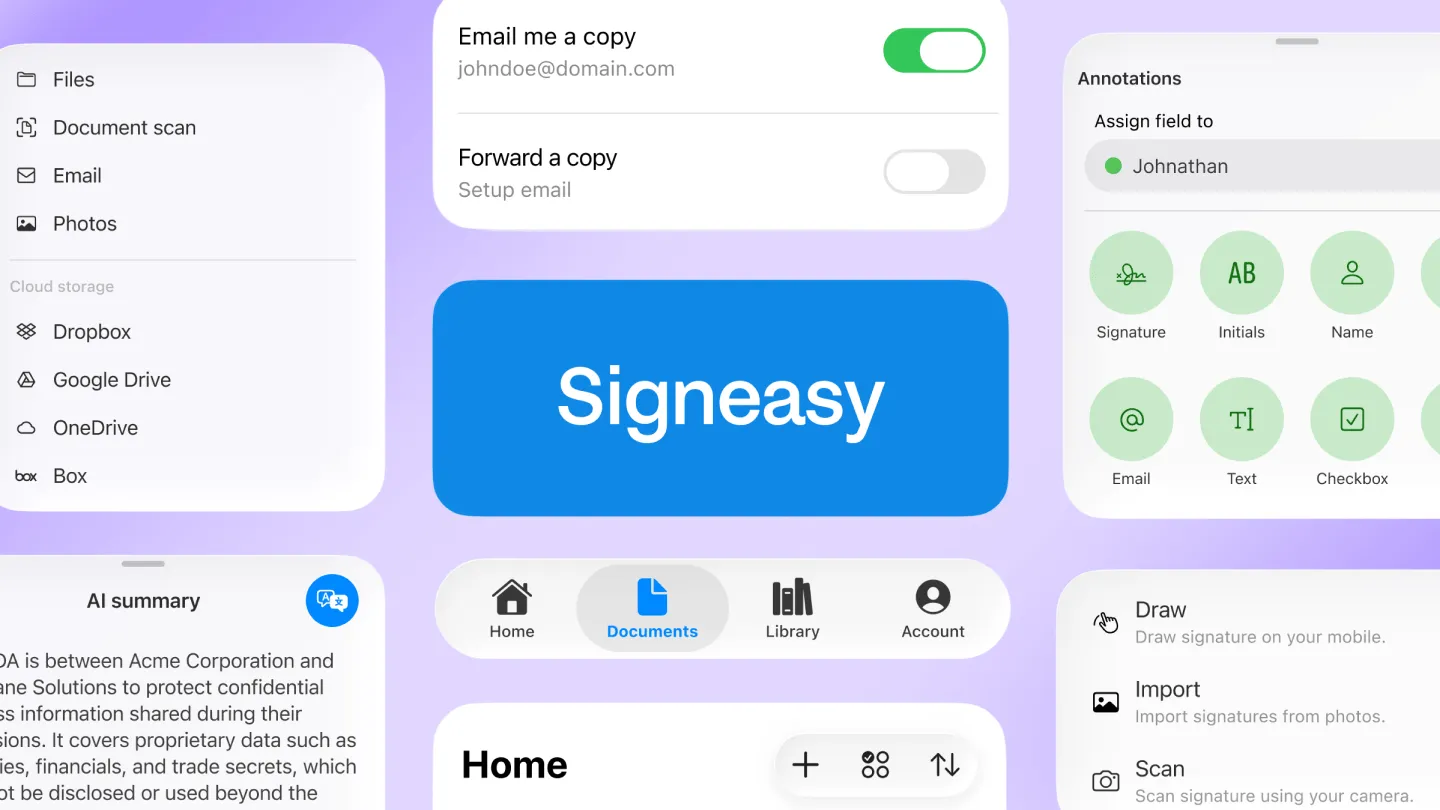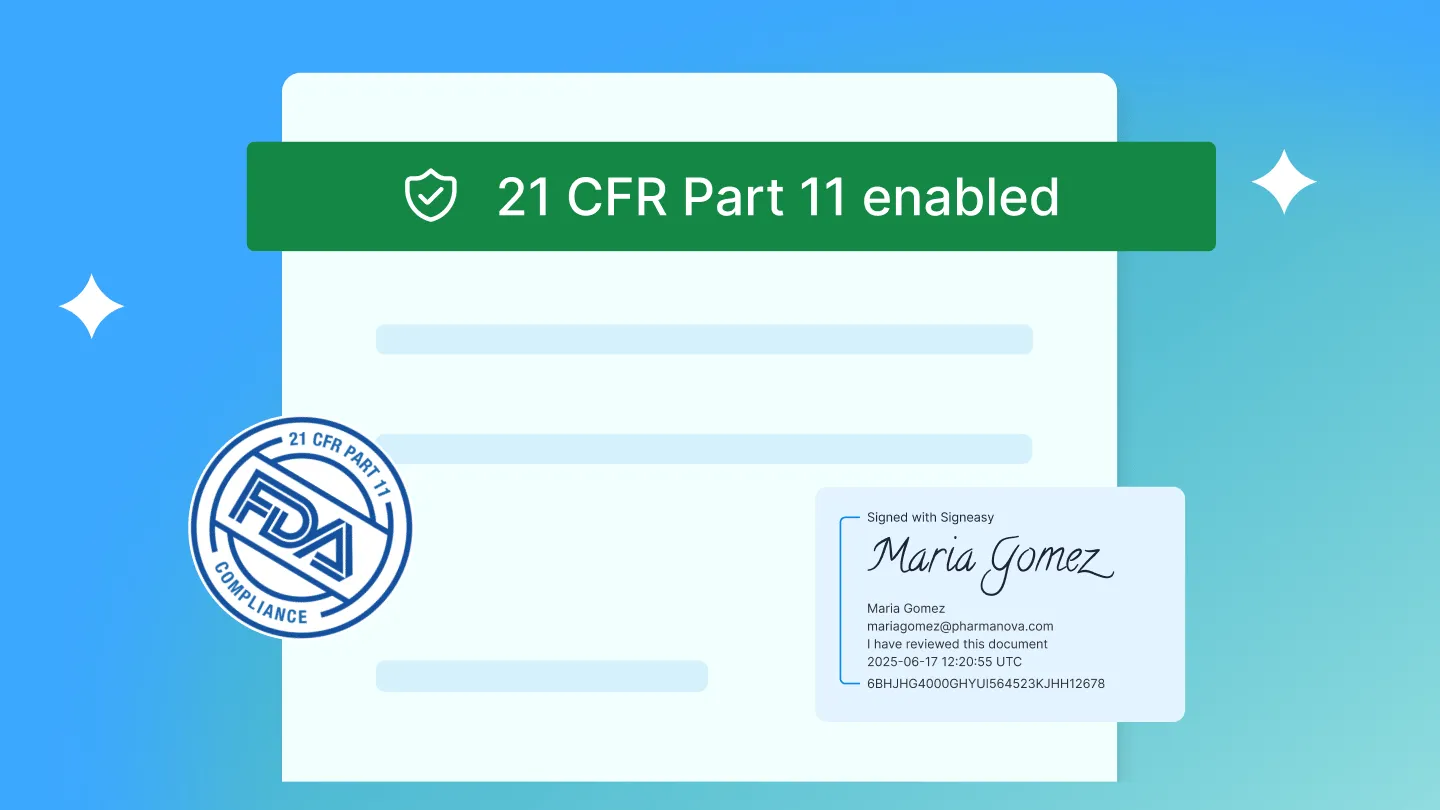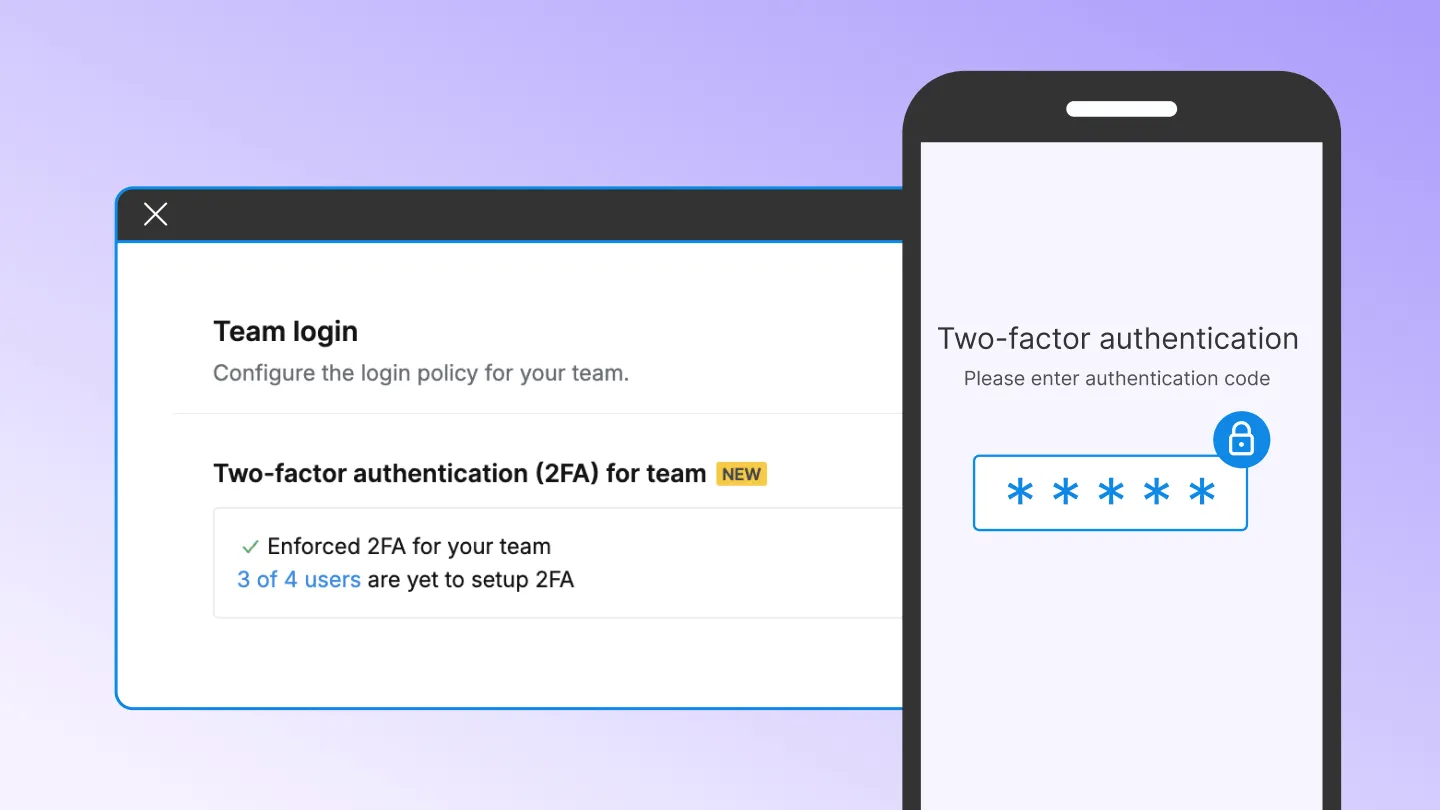Business contract workflows can sometimes be tedious and time-consuming due to the volume of paperwork involved. Signeasy’s latest feature Attachments, can simplify your contract workflows and make you more efficient. Instead of switching to a different platform to collect supporting documents, senders can request signers to attach proof of identity, purchase receipts, non-disclosure agreements (NDA), etc., while signing contracts within the platform.
Here are four ways Attachments can help you:
- Create a flexible workflow for requesting documents from multiple signers.
- Eliminate dependency on email and messaging apps for collecting documents.
- Reduce time spent requesting, tracking, sorting, and linking supporting documents.
- Secure supporting documents, particularly those with PII (Personal Identifiable Information).
A comparative look at using Attachments
Let’s compare how the process was done on Signeasy before and after using the Attachments feature. Here is an example of an HR Manager sending a letter of employment to a candidate.
Before the Attachments feature, the HR Manager would send the employment contract letter through Signeasy platform and request additional documents like ID proof and previous employment records via email or messaging apps. The candidate would sign the contract on Signeasy, scan the supporting documents, and email them to the HR Manager. The HR Manager would then review and download the signed contract and supporting documents separately and add them both to a shared folder.
For your team, this framework provides an inefficient contract workflow that is time-consuming and requires multiple follow-ups. Without a streamlined process, the contract journey becomes delayed for months, and stakeholders lack visibility. This also leads to missed deadlines.
Attachments can eliminate all these pain points the sender and the signer have to go through.
Signers can attach requested files as they read and sign contracts on the Signeasy platform and upload multiple documents regardless of the device they are signing from. The sender can download all signed documents and attachments in one folder, managing the workflow within one platform, saving time, and keeping documents secure and compliant.

To make things clear, let’s look at the most common business workflows where using Attachments can add value.
1. Streamline HR operations
HR operations with manual, paper-based contracts can lead to a plethora of issues. Communication via email can be insecure and inefficient, and contracts can easily go missing. Moreover, archiving paper documents to search for contracts can take significant time and effort.
The ‘Attachments’ feature streamlines the processes and reduces the manual effort to collect additional documents. Here are some applications.
- Rolling out employment letters: HR teams can use Attachments to verify candidates’ background information by collecting their ID proofs, copies of college degrees, and letters of recommendation while requesting a signed letter of employment.
- Employee onboarding: When requesting signatures on employment contracts, benefits enrollment forms, and non-compete agreements, HR teams can use Attachments to ask employees to send copies of their identity and address proof, such as passports or driver’s licenses, bank details, etc.
- Tracking expenses: Employee expense forms are documents used by employees to request reimbursement for expenses incurred while performing job-related tasks. People managers can use the Attachments feature for employees to fill out and sign the expense forms and submit receipts to be reimbursed.
2. Accelerate banking process turnaround times
Bankers are no strangers to the challenges of contract workflows. Delays in completing contracts due to non-compliance, lack of automated approval, limited visibility, and inefficient collaboration contribute to applications taking weeks or even months to close when they should ideally take only a few days.
The Attachments feature enables the team to securely request and obtain additional documents from signers. Here are some use cases.
- Account opening: Bankers require supporting documents such as government-issued IDs, proof of address, and employment verification when opening new customer accounts. With the Attachments, bankers can easily collect and store these supporting documents and signed account opening forms.
- Loan applications: The Attachments feature will enable teams to efficiently collect and store supporting documents such as income statements, bank statements, and tax returns along with the signed loan application in one place.
- KYC verification: As part of the KYC process, bankers must collect and verify customer identification documents, such as passports, driver’s licenses, or national identification cards, along with a signed copy of the customer’s agreement form. With the Attachments feature, bankers can easily collect these documents, reducing the likelihood of misplaced or lost paperwork.
3. Empower the sales teams
Sales and legal teams struggle to finalize deals on time due to inefficient contract workflows, poor communication, and limited visibility. Attachments help speed up collaboration and ensure deadlines are met.
Some use cases of the Attachments feature for sales teams include:
- Closing deals: To proceed with a deal, sales teams must collect additional documents, such as proof of payment, NDA, service level agreements, etc., while requesting customer signatures. Attachments can help them keep track of progress, coordinate with other teams, and keep all documents in one place.
- Internal approval: Sales teams can use the Attachments feature to obtain internal approvals from different departments of the company. For example, sales teams may need approval from the finance department for pricing or from the legal team for compliance. By adding necessary documentation and requesting signatures, sales teams can ensure that the internal approval process is streamlined and efficient.
- Partner agreement: Sales teams can use attachments for partner agreements to ensure all necessary documents are signed (partner agreement, terms of service, etc.) and collect supporting documents such as proof of identification, financial statements, tax returns, letter of intent, business plan, and references.
Get more out of Signeasy with Attachments
Attachments have the potential to boost your team’s productivity, reduce costs, and mitigate security issues that arise from using non-compliant digital platforms.











